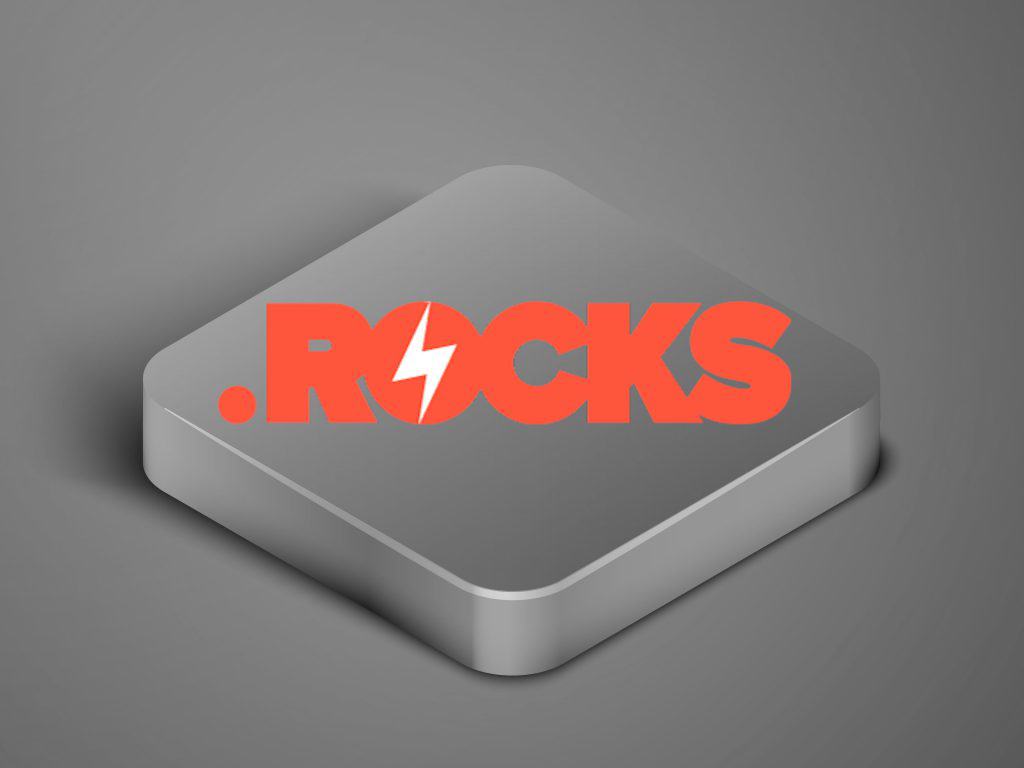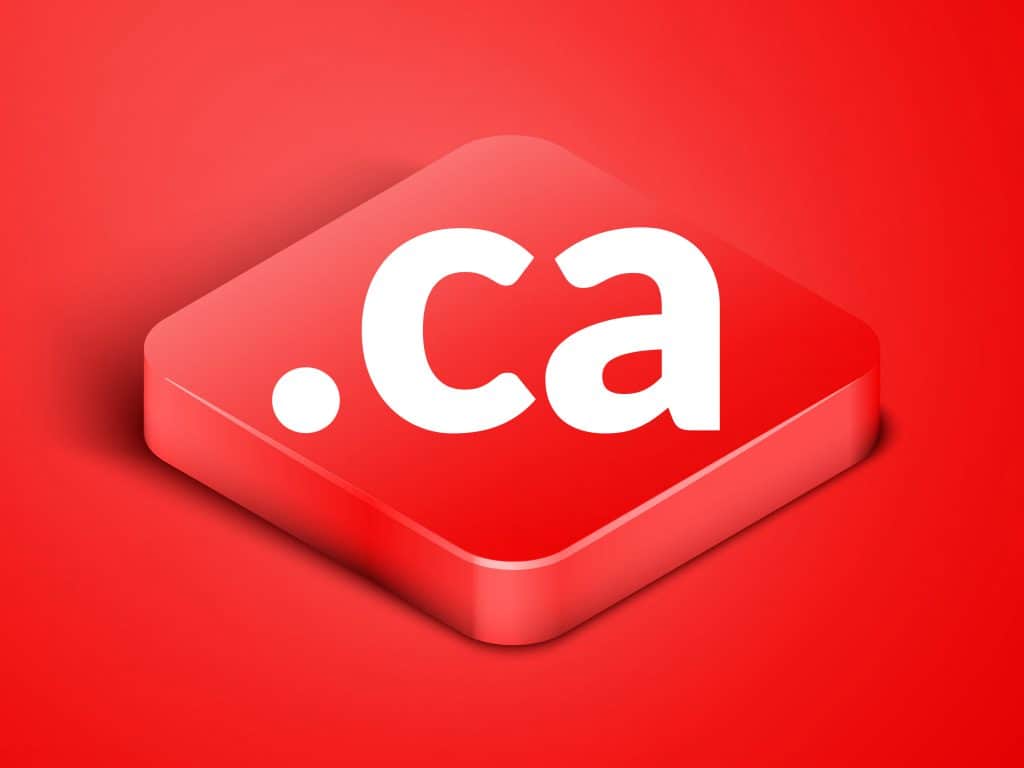Email Automation 101
- By Douglas Moore
- December 9, 2020

For eCommerce and brick-and-mortar businesses alike, online marketing is the key to increasing sales and reaching a broader customer base. Online marketing means marketing your product by taking it where the target audience is, across multiple online platforms. One of the most indispensable channels for online marketing continues to be email marketing.
In fact, email marketing consistently shows the best performance when it comes to return on investment (ROI). It is the most highly ranked online marketing channel by client-side marketers, with 74% of them rating it as either ‘excellent’ or ‘good’. However, when a method is proven to work, it follows that everyone will try using it.
So, with competitor’s emails arriving alongside your own, how can your business stand out? How can you get subscribers and increase sales through email marketing?
Well, a great place to start is email automation. In this guide, we’ll cover what email automation is and why you should use it, as well as give you some examples of how you can implement email automation for higher ROI.
What Is Email Automation?
Email automation is a type of email marketing which allows you to set up the automatic sending of scheduled, targeted, or action-triggered emails to subscribers. This means that at specific times or following certain actions, an email will be automatically sent to a subscriber. In other words, you’ll be sending emails to the right person, at the right time.
The way email automation works is by using analytics and customer behavior to target emails. You can send personalized emails to customers based on their past activities, purchases, and preferences.
For instance, if a customer purchased a certain product in the past, and you have a sale coming up on similar products, email automation will specifically target that customer and send them a message informing them of the upcoming discount. As this customer has already shown interest in the product, the chances of them engaging with the email – opening it, clicking on links, and even purchasing products – are higher.
As automated emails are targeted based on specific consumer behavior, they’re also personal. When a client sees that you’re keeping up with their needs, wants, and interest, they’re also more likely to create a stronger bond with your brand. With email automation, you’re sending information, content, and deals that are relevant to the client – and people appreciate it.
Consider this: all the way back in 2012, when custom email marketing was still in its early phases, 75% of email revenue was due to custom, client-tailored email marketing – such as email automation, rather than from generic, “one-size-fits-all” campaigns.
Additionally, email automation increases brand awareness. It keeps your product at the forefront of the consumer’s mind – and also increases your chances of making a sale. One example of an automated email is following cart abandonment. If a subscriber was happily placing products in the shopping cart one moment, and suddenly abandoning it the next, the best way to save this almost-sale is to rely on email automation to remind the customer of what they’re missing.
Overall, email automation essentially allows you to increase sales by keeping track of client behavior and building meaningful relationships with your customers.
In fact, before giving you some insight on how you can implement automated emails for your business, let’s take a look at some of the main benefits of email automation.
What Are the Benefits of Email Automation?
You may already be suspecting why email automation is such an effective channel for online marketing. But let’s take a closer look at its benefits, so you’ll know exactly why you should use email automation.
1. Personalized Marketing Wins Over Customers
Research has shown that an amazing 80% of customers are more likely to make purchases when their experience with the brand is personalized. Additionally, 91% of consumers prefer shopping from brands that send relevant offers, product recommendations, and content. The numbers speak for themselves – personalized marketing really works.
When it comes to email marketing, customers are actually annoyed when they get bombarded with irrelevant emails. For instance, 70% of millennials prefer personalized emails over batch, i.e. blast, i.e. “business as usual” messages, and 71% of them get frustrated when the shopping experience is impersonal.
Email automation allows you to automatically tailor personalized emails for clients. You’re sending potential customers things they’d want, which significantly increases the chances of them buying it.
For instance, you’ll know the birthdays, interests, purchase history, and online activity of your clients. So, you can choose to send emails only to people born in December, people who registered for your online course, people who bought a ukulele, and so on. You can basically make lots of different lists that contain subscribers with certain features, habits, or histories.
In the end, clients feel like you do your best to cater to their needs; in return, they’re more likely to buy from you. It’s a win for everyone. They get what they need, you make a sale.
2. Stay in Direct Contact with Your Clients
About 80% of Americans check their email inboxes at least once every day. And 27% of smartphone users check out new emails as soon as they get a notification. What this means is that when you send automated emails, you’re staying in direct touch with your consumer base. Even if they don’t immediately check the mail you’ve sent, they’re quite likely to read it on the very day you’ve sent it.
Automated emails allow you to target the right customers during special offers and discounts on products that they may enjoy, or products they’ve viewed in the past and abandoned in shopping carts. As they’re quite likely to see your email the very day you send it, they’re also more likely to act quickly and purchase the product while the discount lasts.
3. Boost Your Customer Retention Rate
A customer buys what they need from your website and that’s that. Except, it isn’t. People need things, want things, and buy things for as long as they live. It’s quite probable that you still have products and services to offer that would be of interest to your past customers. Plus, it’s cheaper to keep on an existing customer than to gain a new one.
Luckily, email automation can also help you improve your customer retention rate. You can set up automated emails to go out to customers that haven’t been heard from in a while. In this way, you’ll never exist too far from their mind.
However, it’s also quite important to tailor automated emails that are personal and relevant to clients. So imagine a customer hasn’t been on your website or interacted with your services for a month. Rather than sending them an email saying:
“Hey! We haven’t heard from you in a while. Make sure to visit our online store and check out our new products.”
This isn’t very personal and it’s very marketing-y. It’s like saying hey you, come and buy stuff.
Rather, you should include those important personalization features we mentioned that would be effective in capturing the client’s interest. So a better reminder would be something like:
“Hey, Jerry! We haven’t heard from you in a while, and we wanted to let you know that we’re offering a 30% discount on car wax that’s compatible with the car paint you purchased two months ago. Check our online store to see the details.”
In this message, you’ve shown an interest in Jerry’s car, and Jerry loves it when people show an interest in his car. Plus, you’ve shared a relevant product that Jerry may need and is actually likely to purchase, which increases your customer retention rate.
4. Save Time for Yourself and Your Marketing Team
Whether you’re running a small business with a few employees or managing a bigger company that has its own marketing expert or team, email automation is sure to save you a lot of time and unnecessary effort.
Not using email automation means individually writing or sending emails to each one of your subscribers. If you’re opting for a personalized experience, that will take a lot of time – editing the names manually, trying to place offers that are relevant for each client, compiling lists of clients that fit into certain categories based on features or interests, and so on.
Email automation can allow you and your marketing team to save valuable time working on higher-value aspects of the job which actually require your manual input. According to surveys, 86% of respondents have stated that some sort of automation in the workplace helps make employees more productive and efficient. About 78% of workers believe that automation would give them the time to deal with the more interesting or rewarding parts of their jobs, and 48% believe that automation helps companies increase their revenue – which in the case of email automation, we’ve already seen to be true.
With email automation in place, you and your team can devote more of your time inventing new products, coming up with fresh marketing campaigns, and developing more in-depth relationships with your clients.
Overall, email automation can help save time and boost the efficiency of your workplace.
5. Scale Your Business Gracefully
We say gracefully for good reason. Let’s say every time someone signs up for your newsletter, you or someone from your team has to drop what they’re doing and scramble to send them a welcome email. There’s nothing graceful about that. And as your business grows – fingers crossed – the necessity for more emails will also grow. Rather than delegating these duties to people who can spend their time more efficiently, let automation do it for you.
How to Create and Implement Automated Emails
As you can see, setting up email automation can help you grow your business in an efficient way. Now, let’s take a look at how you can use email automation. There are some general types of automated emails that work for any business, and which you can tailor to make your own.
Generally, the trigger for email automation is specific user activity, date, or event (like a sale) which causes a message to be sent to a certain client or a list (based on category) of clients.
Let’s take a look at the main types of automated emails and some examples of how you can use them.
Email Trigger #1: New Subscriber
You ought to set up a welcome email to new subscribers. Even if a user didn’t buy anything off your site but only subscribed, you end up with the email of a qualified lead on your hands.
While a welcome email isn’t mandatory, we highly recommend it. People notice if they don’t receive a welcome email, and 74% of users expect to get it. It costs next to nothing, but the potential profit from a welcome email is incredible – on average, welcome emails can generate up to 320% more earnings than other promotional messages.
A welcome email sets the stage for your direct communication with the customer. That’s why it’s important to capture the audience’s interest with a warm and effective welcome. A little bit of work at the beginning goes a long way.
Here are some tips on how to craft your automated welcome email:
- Welcome and thank your new subscriber for signing up. Make sure that their name is included in the email, so something like:
“Welcome, Mary! Thank you for signing up for our newsletter.”
Then, it’s a good idea to give the subscriber a gift – you can offer a discount on a product or service, as well as provide some free content or a free trial of a service. For instance, if you have any ebooks that promote your business and teach a valuable skill to your customers, you can send a PDF of one of those.
- Introduce yourself and your brand. It helps to put a face or a name to the company, so the user doesn’t feel like the message is too generic. For instance, you could say something like:
“I’m David, the founder of Online Marketing Solutions Inc. We started this business in 2005 with the mission to help every business – big or small – reach its full potential through smart online marketing strategies.”
In this example, you’re telling the audience who you are, what you do, and how your services can satisfy the needs of the customers.
- Give a bit of information about your newsletter. What sort of content will you deliver to your subscribers in the newsletters? Is it promotional offers, online courses, exclusive content, or ebooks? Also, make sure to let your subscriber know how often they’ll be receiving emails from you – every Monday, once a month, etc.
- Include important links. Share links to your social media platforms, your blog, your product page, and website.
- Give them a taste of your blog. It’s also a good idea to provide a link – and one-two sentence summary – to one of your most popular and successful blog posts. This is also something you can reserve for your newsletter, though, if you feel like your welcome email is getting too crowded.
Email Trigger #2: Cart Abandonment
More than 77% of shoppers on your website will abandon the cart without purchasing the items they’ve placed in it. That means that more than 3 out of 4 visitors to your website will like some items, consider buying them, add them to the shopping cart, and then up and leave anyway.
(Keep in mind that sometimes you can take steps to prevent cart abandonment by adjusting things in your online shop to minimize the chances for cart abandonment, like not surprising customers with sudden shipping costs when they’re at checkout or bugging them with long, boring signup processes.)
Automated cart abandonment emails can help you salvage a good portion of these abandonments – with next to no effort on your part. All you’ll have to do is set up the automated message in the beginning. About 45% of abandonment emails are opened on average, but what percentage of abandoned carts can be saved by automated emails? The statistics vary, but the results consistently show that over 10% of abandoned carts were saved by automated emails, with some studies showing as much as 19%.
As you can see, cart abandonment emails can really help increase profit and ROI.
Here are some tips on how to craft a successful automated cart abandonment email:
- Start off with a catchy subject line. You can go for professional or funny. See what works for the tone of your business. In any case, it should be short and simple. Most importantly, they should serve as reminders rather than demands. If your email sounds demanding, it’s going to put customers off. Here are some examples of witty subject lines:
- “Forget something?”
- “So… we doing this, or…?”
- “Amy, your pancake pan is waiting for you.”
- “Amy, your cart is asking when you’ll be back for it.”
- “Hey Amy, did something happen to your internet?”
- Remind them of what they’re missing. You’ve got it, so you might as well flaunt it. Add images of the products they abandoned in the cart, so they’ll know exactly what it is they’re missing.
- Include a concise CTA (call to action) button. The point of your cart abandonment email is to get people to come back and finish their shopping. However, it’s important for your call to action to be soft and nice, rather than pushy. Words like “buy” and “purchase” are high friction words which can put people off, so it’s much better for your button to say something like: “Return to your cart.”
- Optional: mention similar products. You can consider adding a couple of similar products below the image of the abandoned product in the email. If the sweater they looked at seemed too pricey to the customer, maybe you offer similar models that are more affordable.
Overall, it’s always a good idea to have great sales copy – unique and well-constructed emails that are fun, endearing, and drive customers back to your website. Additionally, you should always make sure that your emails are optimized for mobile – especially since they’ll include graphics and images.
Email Trigger #3: Promotional Offers and New Products
As we’ve already covered, blast emails won’t help you much in the way of converting subscribers, retaining customers, or even making people happy. If you keep sending out email blasts of all promotional offers to everyone, all the time, people will probably just stop opening your emails.
Users prefer personalized content, which is why you should also set up your automated emails in a way that sends offers exclusively to customers that fit a certain description – be it previous purchases, interests, gender, age, and so on.
So, let’s say you have a sports goods store and you’ve just released a new product: a pair of boxing gloves. Should you send a promotional offer to subscribers/customers that have bought yoga mats, rock climbing shoes or jump ropes in the past? No! It’s clear enough from their purchase history that they are not doing boxing, so an email telling them about your new pair of boxing gloves will end up in the trash. What’s worse is that the customer may end up unsubscribing or marking your email as spam. For the same reasons, you definitely shouldn’t send that email to everyone, either.
Instead, you should set up the automated emailing process to target customers who’ve bought similar or related items in the past. So, an email promoting the new pair of boxing gloves should be sent to people who recently purchased a punching bag, for instance.
The same goes for sales. If you have a sale on a certain type of product, it makes more sense to only share the discount with customers who’d be interested in actually purchasing that product.
Some tips on setting up automated promotional emails include:
- A catchy subject line goes a long way. Let the customer know that what you’ve picked out is tailored to their taste. You can have a subject line and email that starts off with:
“Hey Lin, we’ve got something special for you!”
“Lin, we have a discount on yoga mats this week.”
“Lin, we’ve picked out something you’d like.” - Include images. Make sure you have visuals of the new product or promotion. Images and graphics are a great way to reel in customers.
And There’s Always More…
We’ve given you a head start on some of the most important types of automated emails that you should set up. However, there’s always more you can learn and create in the way of personalized email marketing. While welcome emails, abandoned cart emails, and promotional emails are a must for any business, with time you may also consider setting up automated emails to onboard customers, offer free educational content, and so on.
In any case, automated email marketing has an amazing ROI. It’s all about working smart, not hard. You put in a bit of effort and end up with incredible revenue on your hands.
View Related Articles

All About The .rocks Top-Level Domain
The .rocks domain can be used for any type of website. You can take advantage of the colloquial meaning of rocks as a verb, as in mywebsite.rocks. You can also use its association with music, to create something like myband.rocks where myband would be the name of your band.

All About The .world Top-Level Domain
The .world domain extension doesn’t have any limitations. It’s the world, right? In any case, this domain extension offers incredible flexibility and variability. It also makes your website sound grand, informed, and with a tendency to worldwide unity.

All About the .ca Domain Extension
If you are a local Canadian business that targets Canadian customers, obtaining a .CA domain might prove advantageous and bring more traffic. Here at Domain Name Sanity, we can help you find and register a .CA domain for your business or project.